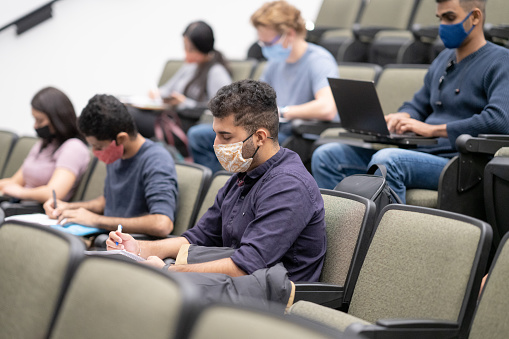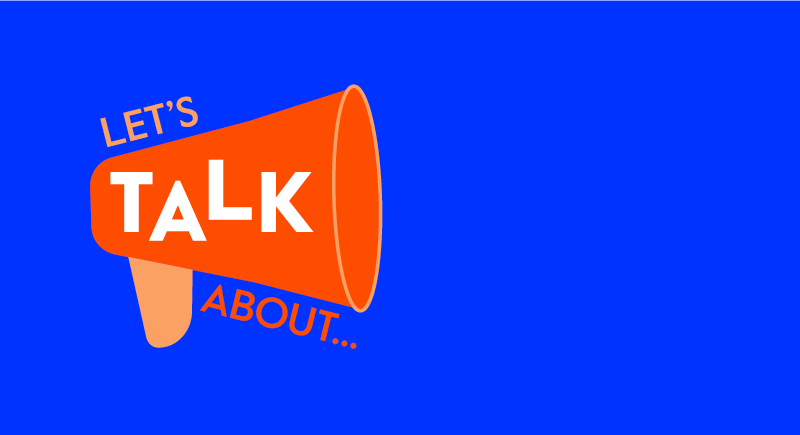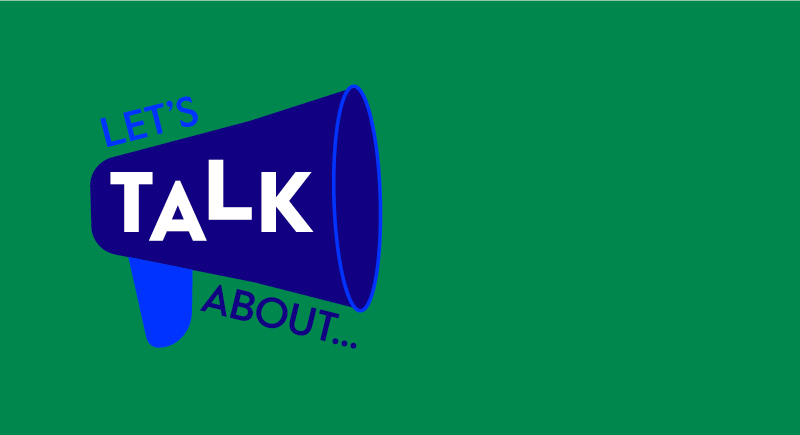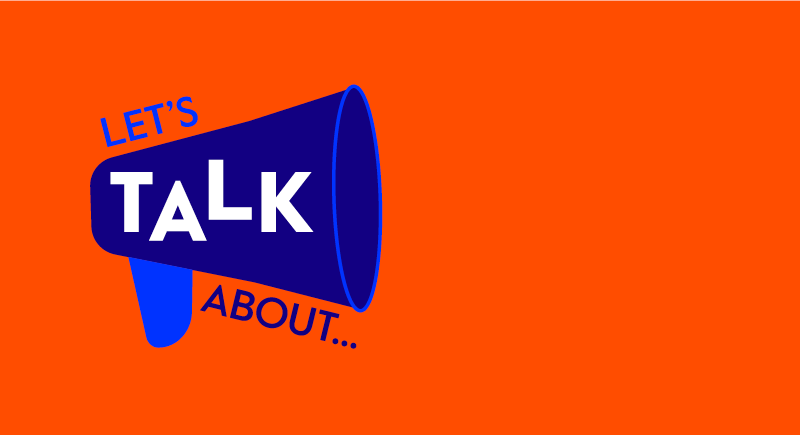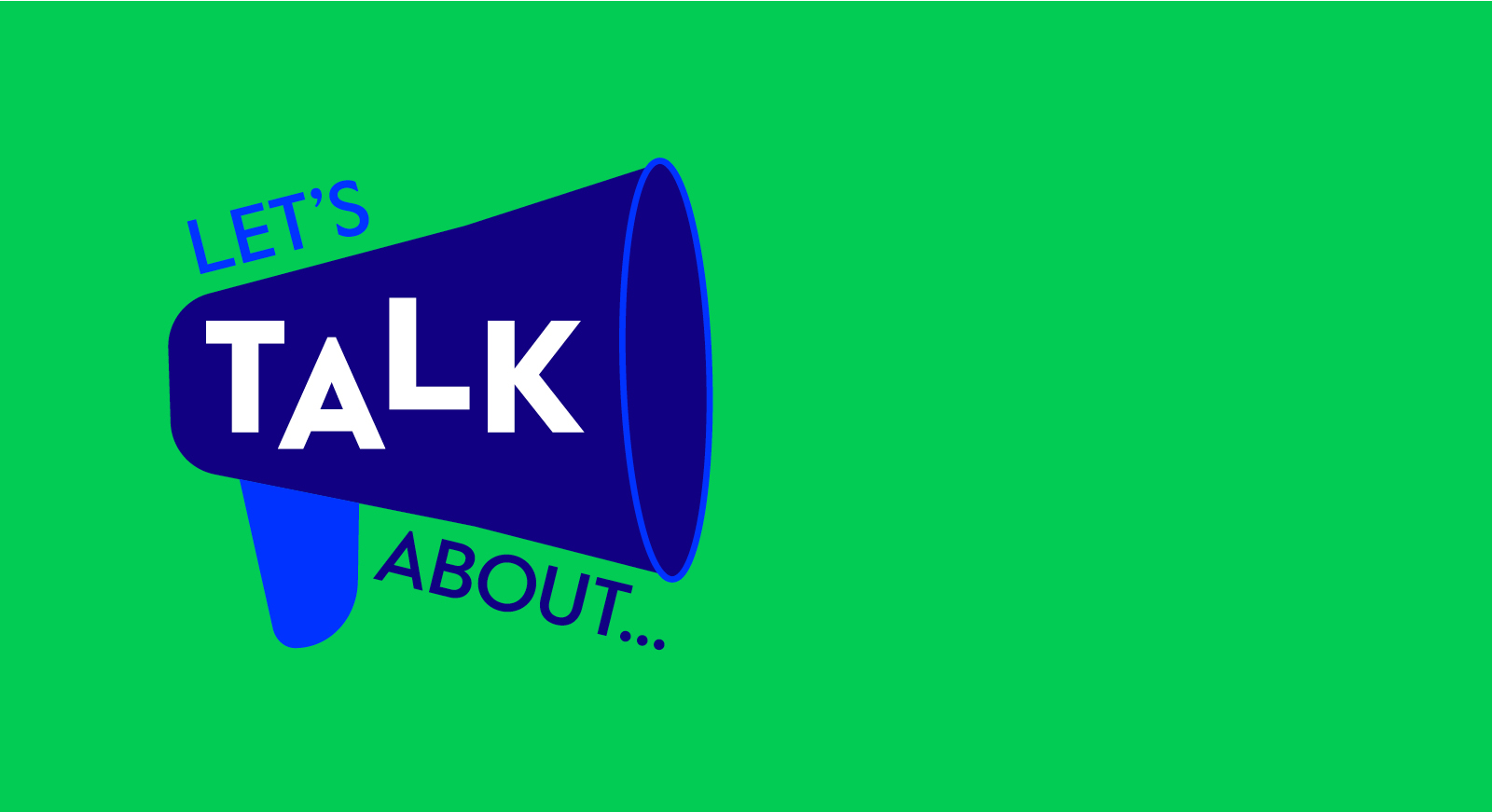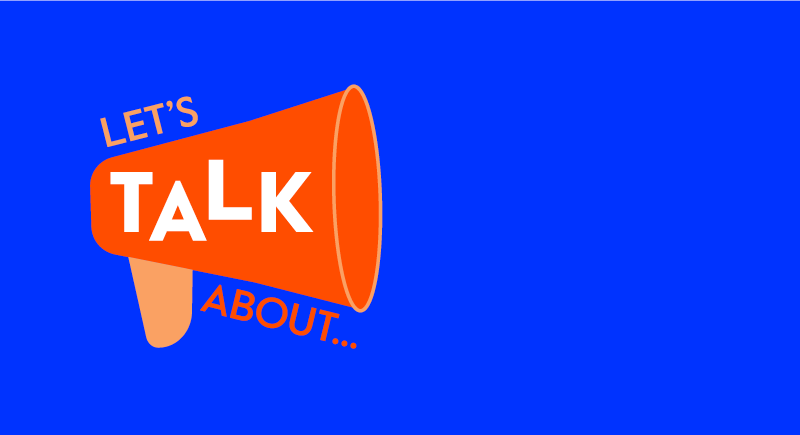What are behavioral disorders?
Behavioral disorders are a pattern of disruptive and harmful behaviors which last for more than six months. These disorders are usually diagnosed in early childhood, and if left untreated from early on, may negatively impact a child’s ability to build and maintain relationships in the long term.2,3
If you’re concerned about a potential disorder, being fully informed is key. Here are some of the most common behavioral disorders affecting adolescents and young adults.
Attention deficit hyperactivity disorder (ADHD)
ADHD is characterized by a difficulty to focus, hyperactivity, and impulsivity. Depending on the symptoms, a child can be diagnosed with one of the following subtypes: inattentive, hyperactive-impulsive, or combined type. ADHD can be diagnosed from six years old, as the symptoms usually start to appear around school-going age.
Symptoms include:3
- Impulsivity. They tend to interrupt others and find it difficult to wait their turn.
- Easily distracted. They struggle to pay attention and find it difficult to complete tasks.
- Fidgety. They find it difficult to stay still or remain seated. This may also include tapping their hands and feet or running around when it’s not appropriate.
- Easily frustrated. They struggle to cope with stress and may appear moody at times.
Conduct disorder
Adolescents with conduct disorder tend to show disregard for basic social rules and others’ rights. They also exhibit antisocial behaviors and struggle to show empathy. This can have a significant impact on their interpersonal relationships in the long-term. Conduct disorder usually develops at around the age of 16 and is more common in boys than girls.3 Adolescents with conduct disorder are often unable to interpret the behavior of others, and when they feel attacked, it causes them to display violent behavior.
Symptoms include:3
- Aggression. Bullying others and starting physical fights.
- Vandalism. Destroying private property.
- Lying. Deceiving or tricking others.
- Rule-breaking. Bunking school or running away.
Oppositional defiant disorder
While it’s normal for children to act up and throw tantrums, those with oppositional defiant disorder tend to be argumentative, disregard rules, and are hostile towards those in authority (e.g. parents and teachers). As children usually act up when they’re unhappy, it’s not always easy to distinguish between oppositional defiant disorder and stress-related behavior. However, if this type of behavior persists for six months or more, it is best to take it up with a medical professional.3
Symptoms include:3
- Throwing temper tantrums and being irritable.
- Constantly looking to argue and intentionally annoying or irritating others.
- Being stubborn and refusing to follow instructions.
- Being spiteful and vindictive.
Obsessive-compulsive disorder (OCD)
Children with OCD experience recurring, unwanted thoughts, ideas or sensations (obsessions) that drive them to do something repetitively (compulsions). While many children can have distressing thoughts or repetitive behavior, for a child with OCD the obsessive and compulsive behavior can be distressing and interfere with everyday life.3,4
Symptoms include:3,4
- Checking. The obsessional fear of damage can cause repeated checking that, for example, the front door is locked.
- Contamination. The obsessional fear that someone has been contaminated leading to compulsively washing hands or some other cleaning ritual.
- Symmetry and ordering. They need to have everything lined up perfectly to avoid feelings of anxiety.
- Intrusive thoughts. Constantly thinking the same thoughts over and over.
When to ask for help
If your child is exhibiting symptoms of any of the disorders mentioned above, it’s important for you to speak to a medical professional. If necessary, your doctor may refer you to a specialist such as a developmental-behavioral pediatrician, child psychologist, child psychiatrist, or a pediatric neurologist for further investigation.
1. Adolescent mental health. World Health Organization. https://www.who.int/news-room/fact-sheets/detail/adolescent-mental-health. Accessed April 22, 2022.
2. Behavioral Disorder Symptoms, Causes and Effects. Psych Guides. https://www.psychguides.com/behavioral-disorders/. Accessed April 22, 2022.
3. Chapter V Mental and behavioral disorders (F00-F99): Obsessive-compulsive disorder (OCD). International Statistical Classification of Diseases and Related Health Problems 10th Revision (ICD-10)-WHO. https://icd.who.int/browse10/2019/en#/F40-F48. Accessed April 22, 2022.
4. Common behavioral disorders in children. Medical News Today. https://www.medicalnewstoday.com/articles/behavioral-disorders-in-children. Accessed April 22, 2022.
5. Obsessive-compulsive disorder (OCD). Mayo Clinic. https://www.mayoclinic.org/diseases-conditions/obsessive-compulsive-disorder/symptoms-causes/syc-20354432. Updated March 2020. Accessed April 22, 2022.
This article serves only as a reference and is intended for informational purposes only. Nothing in this article constitutes legal, tax, financial planning, health or medical advice including diagnosis or treatment. Always seek the advice of your physician or other qualified health provider with any questions you may have regarding a medical condition. References to third-party organizations or companies, and/or their products, processes or services, do not constitute an endorsement or warranty thereof. Products and services may not be available in all jurisdictions and are expressly excluded where prohibited by applicable law. All group insurance policies and health benefit plans contain exclusions and limitations. For costs and details of coverage, contact a Cigna representative.
All Cigna products and services are provided exclusively by or through operating subsidiaries of Cigna Corporation, including Cigna Health and Life Insurance Company, Life Insurance Company of North America, Cigna Global Insurance Company Limited, Evernorth Care Solutions, Inc. and Evernorth Behavioral Health, Inc., or through their affiliates and contracted companies.
In the U.S., Cigna Global Health Benefits® group medical and dental plans are insured or administered by Cigna Health and Life Insurance Company. In the U.S. and Canada, group life, accident and disability plans are insured or administered by Life Insurance Company of North America. In Canada, group medical, dental, vision, and evacuation plans are insured or administered by Cigna Life Insurance Company of Canada. Employee Assistance Programs are administered by or through Evernorth Care Solutions, Inc., Evernorth Behavioral Health Inc., Inc. or affiliates and contracted companies. In other jurisdictions, products and services are offered by or through Cigna Global Insurance Company Ltd. or affiliates and contracted companies. Products and services may not be available in all jurisdictions and are expressly excluded where prohibited by applicable law. The information on this site is only a general description of benefits. All insurance policies and group benefit plans contain exclusions and limitations. Please consult your licensed agent or contact Cigna for product availability, costs, and complete details of coverage.








































































